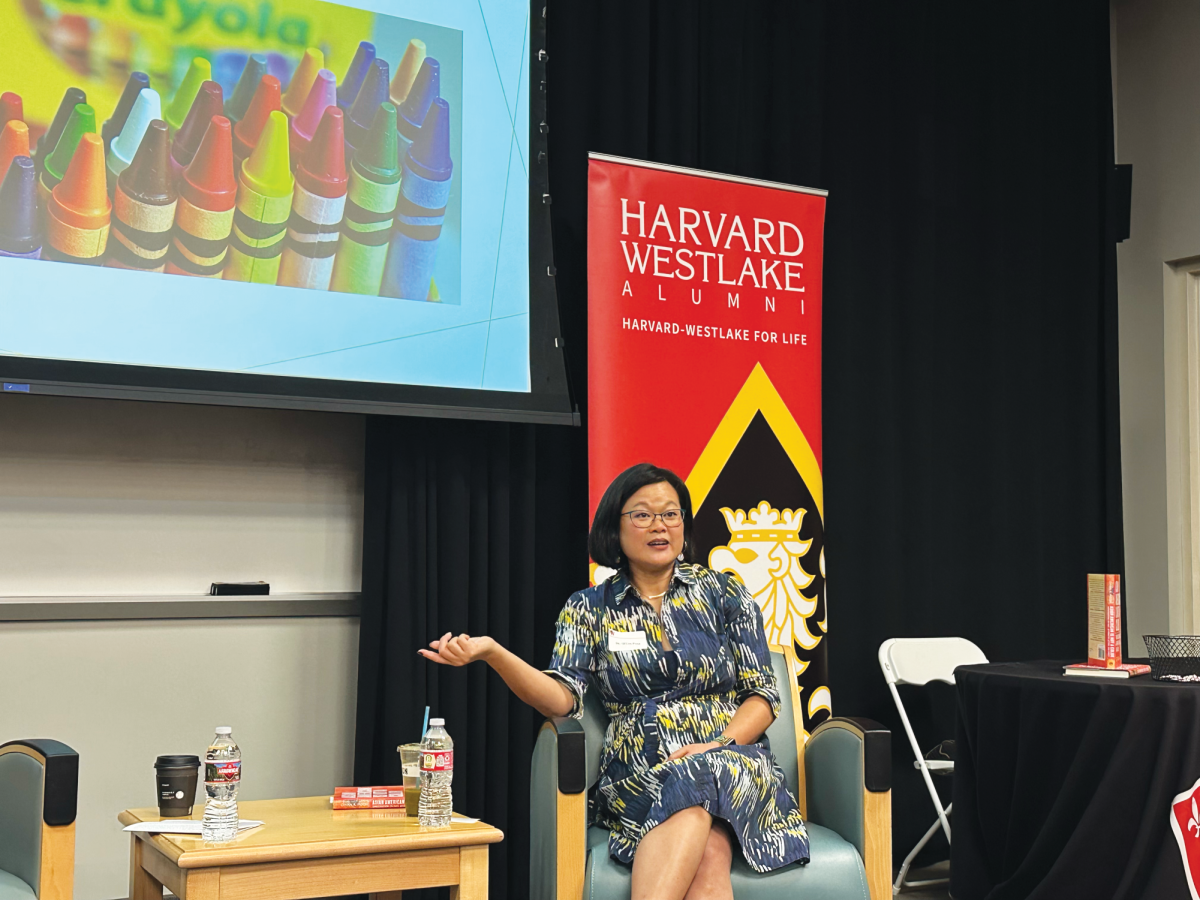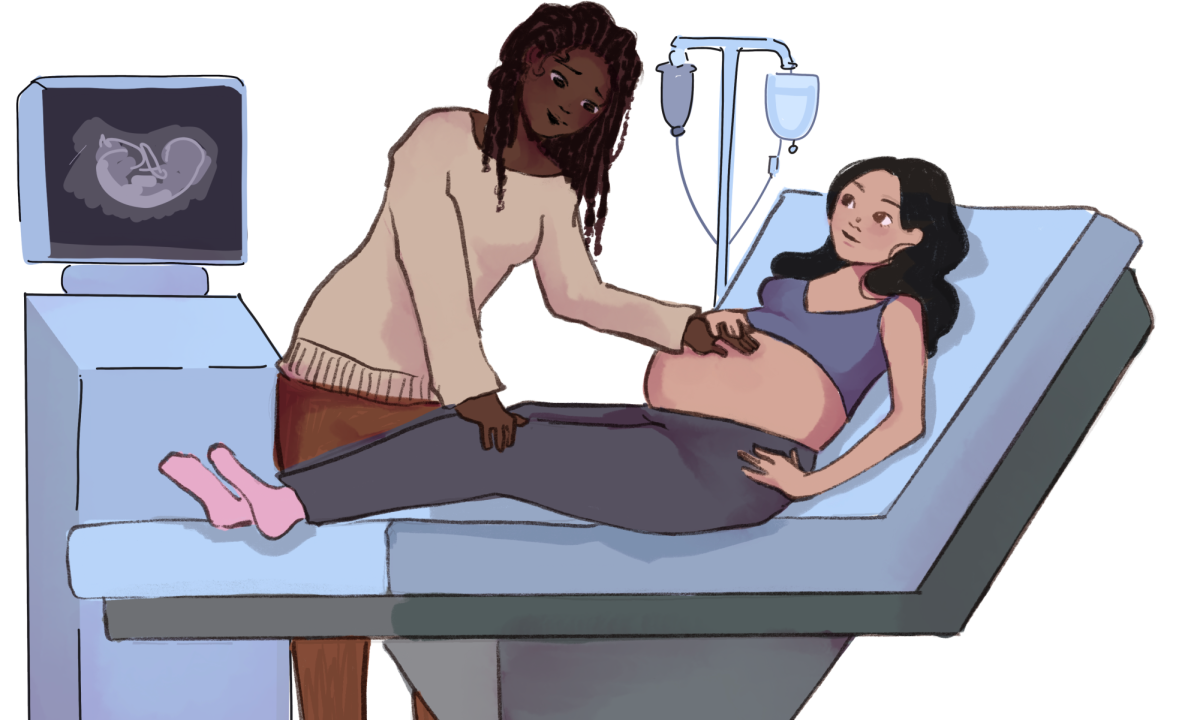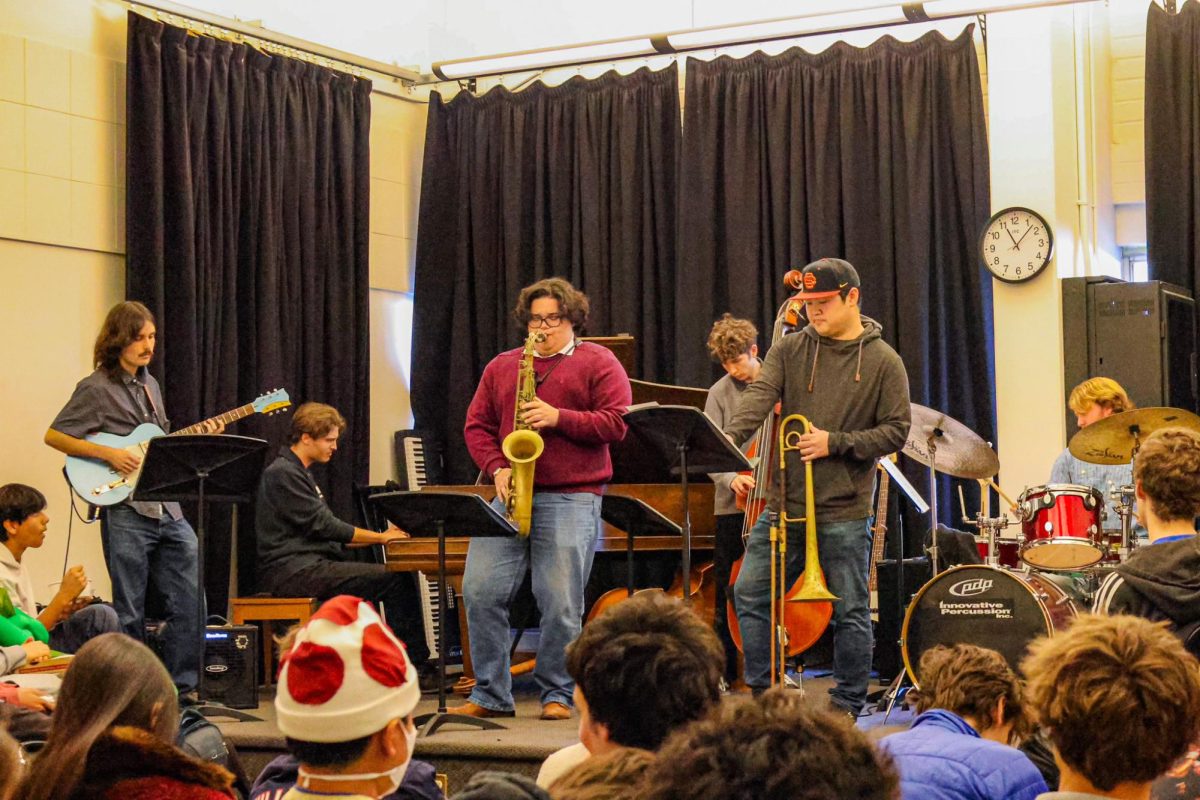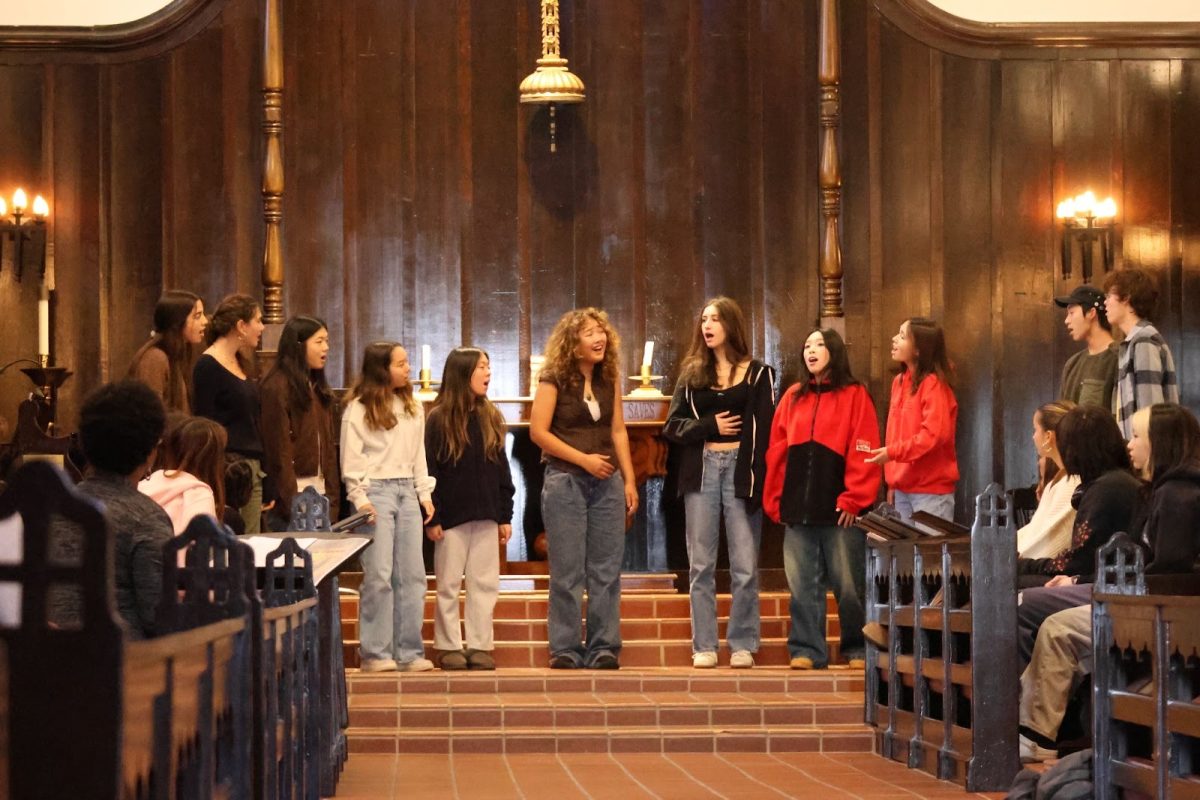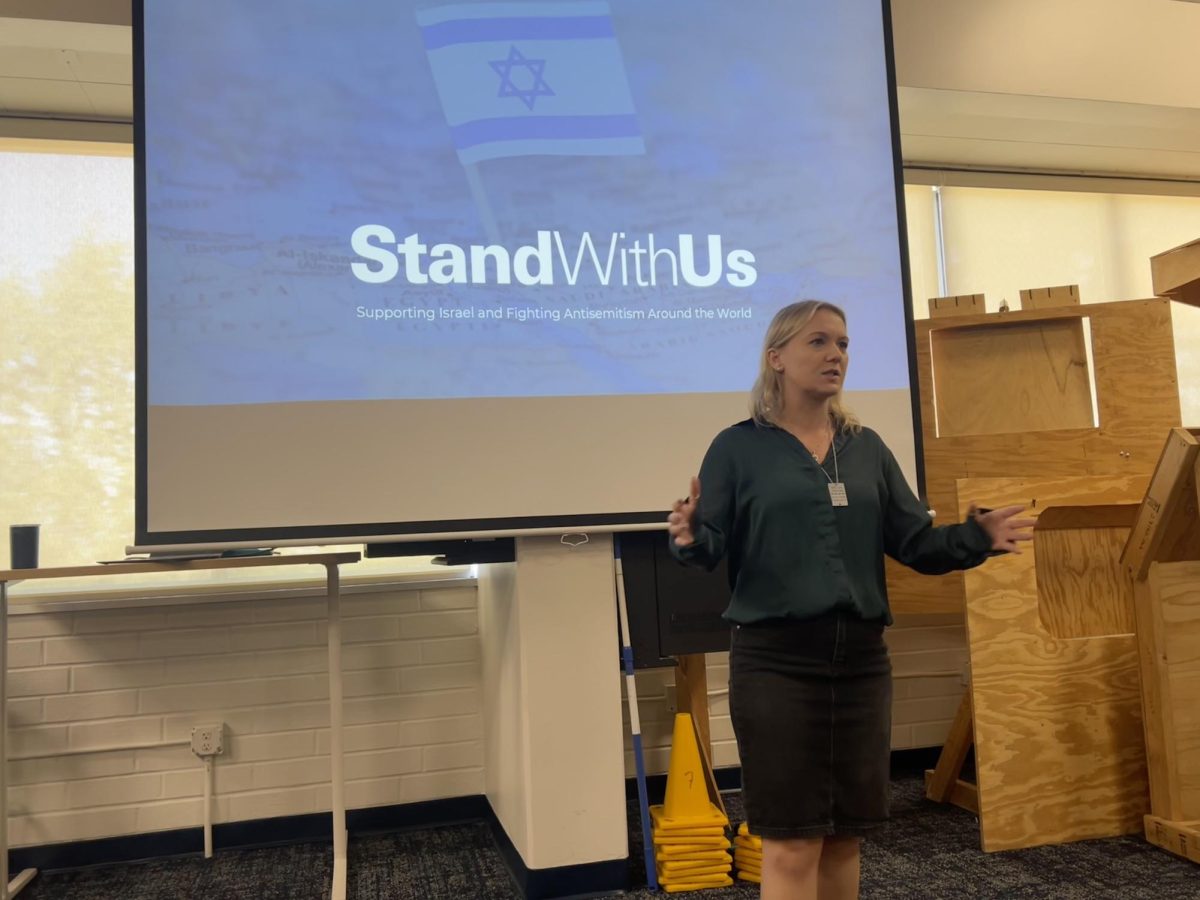A senior has received semifinalist recognition in the 2013 Siemens Competition in Math, Science and Technology for his research in the application of tagging EphB4 antibodies to diagnose cancer. Vincent Huang ’14 was one of 331 students in the nation and one of 51 in the state to be recognized as a semifinalist in the research competition.
The competition, administered by the College Board and funded by the Siemens Foundation, “recognizes remarkable talent early on, fostering individual growth for high school students who are willing to challenge themselves through science research,” according to the Siemens Foundation website. Submissions were judged based on several guidelines including creativity, comprehensiveness, and scientific importance.
Huang began conducting research the summer of 2010 with Ram Kumar Subramanyan, an assistant professor of Surgery and Pediatrics at the Keck School of Medicine at USC.
“I met [Subramanyan] a few years ago at a faculty party, and we started talking about his research,” Huang said. “Since I met [Subramanyan], I’ve been going to his lab on and off, mostly during breaks and summers, and my involvement there has increased gradually from doing mundane jobs to participating in novel research.”
Subramanyan’s lab studies targeted molecular therapy, which negates proteins specific to cancer cells. Huang’s work in the lab focused on the protein EphB4, which has been found to be present in the majority of epithelial cancers, which includes the majority of most diagnosed cancers each year. The protein allows cancer cells to evade apoptosis, the process of programmed cell death, and to form their own blood vessels, called angiogenesis.
“Because EphB4 helps cancer cells survive through two mechanisms, is not present in healthy tissue and is easily accessible due to its location in the exterior membrane of the cells, it is an ideal and pretty unique molecular target,” Huang said.
Huang’s research paper investigates the use of tagging EphB4 antibodies that break down the EphB4 protein.
“We’ve found that tagging the antibodies with fluorescent dye can be used in diagnostics to detect cancer cells much smaller than those identifiable by current methods of diagnosis,” Huang said. “Tagging them with a different fluorescent dye has been found to be able to detect individual cancer cells in the bloodstream, which will allow doctors to stage more accurately cancer patients and predict recurrence in cancer survivors. Finally, tagging the antibodies with chemotherapeutic agent provides the chemotherapy with direct access to cancer cells, which increases the effectiveness of the chemotherapy and reduces the harmful effects it has on healthy tissue.”
A record of 2440 students submitted a total of 1599 projects to the competition this year.
“It was a pretty cool honor given the work I put into the project and the paper,” Huang said.

